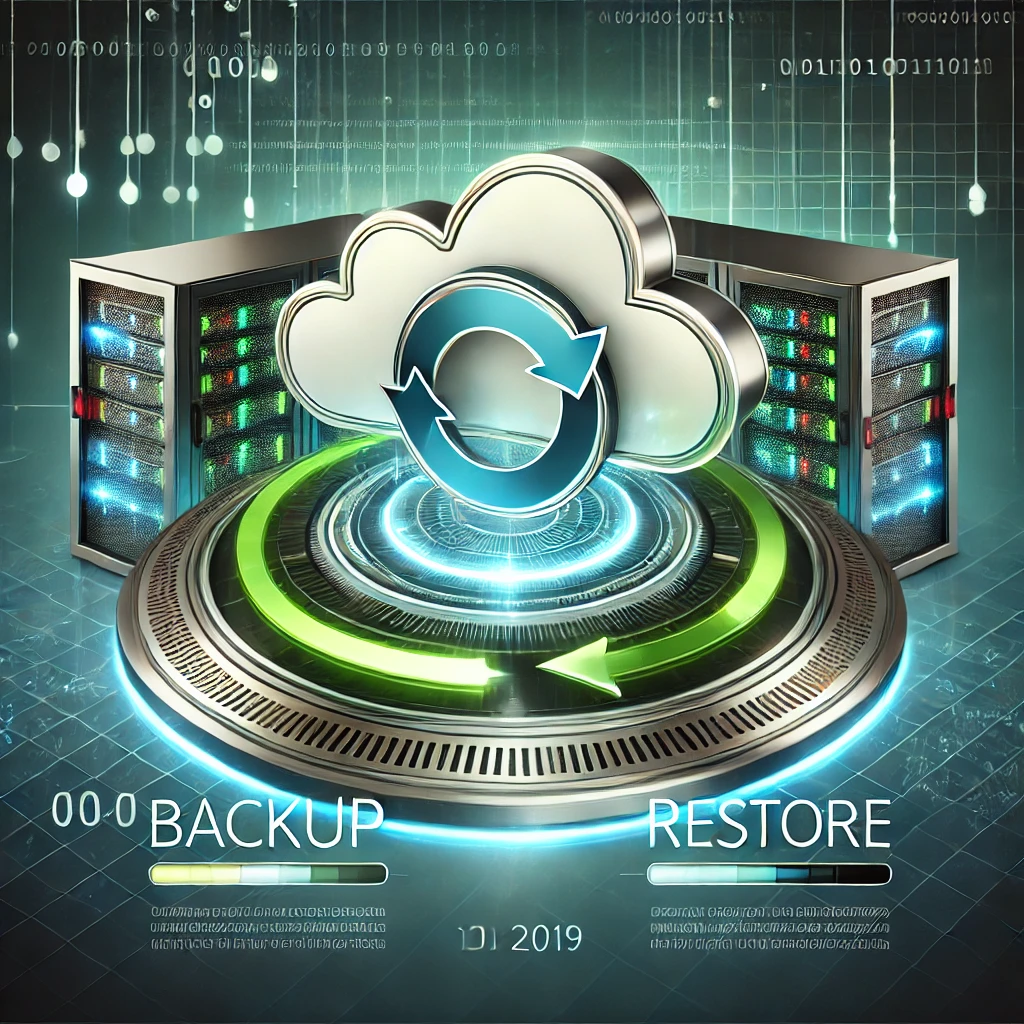We all know we should back up our data. But let’s be honest, it’s often the last thing on our minds until disaster strikes. This relaxed guide breaks down backup and restore policies without the jargon, focusing on practical strategies that even the most technologically challenged can implement. We’ll skip the scare tactics and focus on getting you protected without the headache.
Backing Up: No Sweat, Just Do It
Backing up your data doesn’t need to be complicated. The key is to find a system that works for you and stick with it. Think about what’s truly important – documents, photos, music, code – and prioritize those. Don’t feel pressured to back up absolutely everything; focusing on the irreplaceable bits is a good starting point.
Consider the 3-2-1 backup strategy: 3 copies of your data, on 2 different media types, with 1 copy offsite. This might sound complex, but it’s surprisingly achievable. Your primary data is one copy, an external hard drive can be the second, and cloud storage like Google Drive or Dropbox fulfills the offsite requirement. This redundancy offers robust protection against various potential data loss scenarios.
Finally, automate it! Set up automatic backups so you don’t have to think about it. Most operating systems offer built-in backup solutions, and many cloud services sync automatically. Setting a regular schedule, even weekly, dramatically reduces the risk of losing valuable data due to procrastination or simple forgetfulness.
Restoring: When Things Go Boom
So, the dreaded moment has arrived – you need to restore your data. Don’t panic. Having a clear restore process in place is just as important as the backup itself. Before disaster strikes, test your backups! Trying to figure out how to restore from a backup when you’re already stressed is a recipe for further frustration.
Consider the speed of restoration. If you need access to your data quickly, a local backup on an external drive is your best bet. Cloud backups can be slower, depending on your internet connection and the amount of data being restored. Factor this into your backup strategy; perhaps keep critical files locally and less urgent data in the cloud.
Documentation is your friend. Keep a simple record of what’s backed up where, and how to restore it. This could be as simple as a text file or a note on your phone. Future you will thank you for taking a few minutes to document the process, especially when under pressure to recover lost information.
Backup and restore policies shouldn’t be intimidating. This relaxed approach emphasizes practicality and ease of implementation. By focusing on what matters most, automating the process, and planning for restoration, you can significantly reduce the risk of data loss without adding unnecessary stress to your life. Start small, be consistent, and enjoy the peace of mind that comes with knowing your valuable data is safe.




